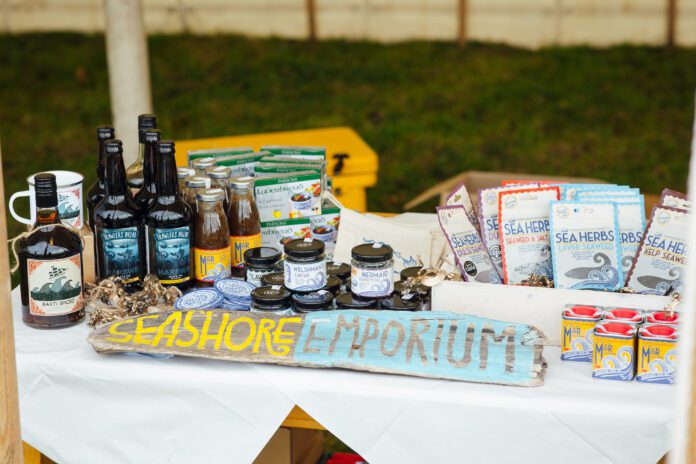April 14 was the first ever National Laverbread Day. Business across the UK were putting laverbread on the menu and the public were urged to get involved by cooking up their own laverbread dishes and sharing their pictures online and via the National Laverbread Day website.
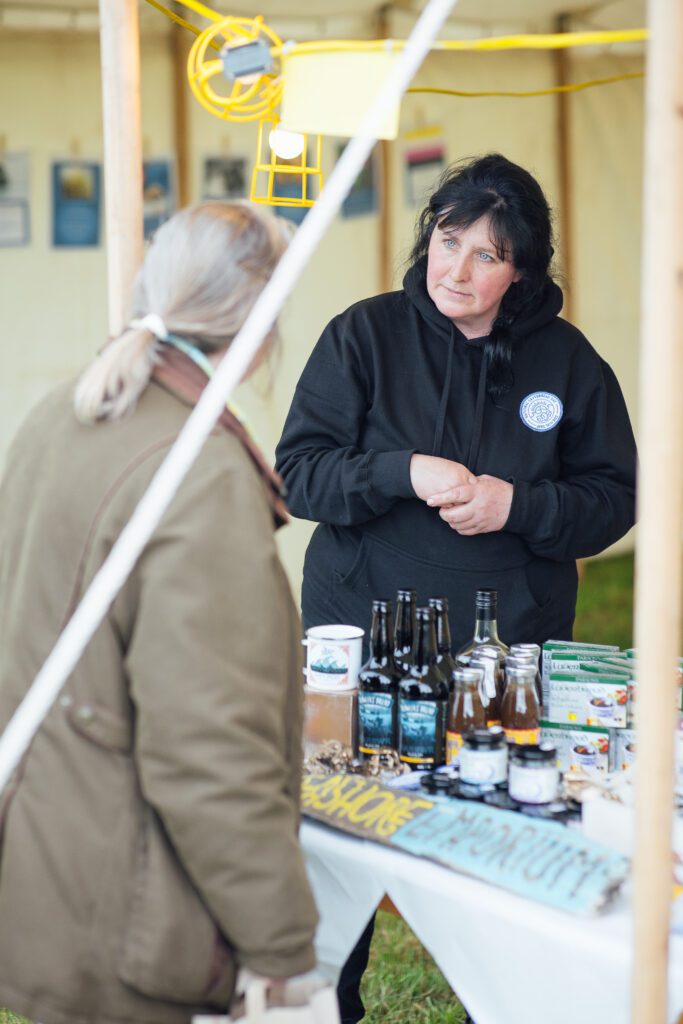
Laverbread is the cooked version of ‘laver’ – porphyra seaweed – a diaphanous red algae found abundantly along Wales’ rocky coastline. It is cooked up for hours to make the Welsh delicacy, laverbread (a glutinous, dark green gloop that tastes delicious). A traditional ingredient in a Welsh breakfast (often served with egg, bacon and cockles), it also works beautifully in a range of dishes, from breads to sauces.
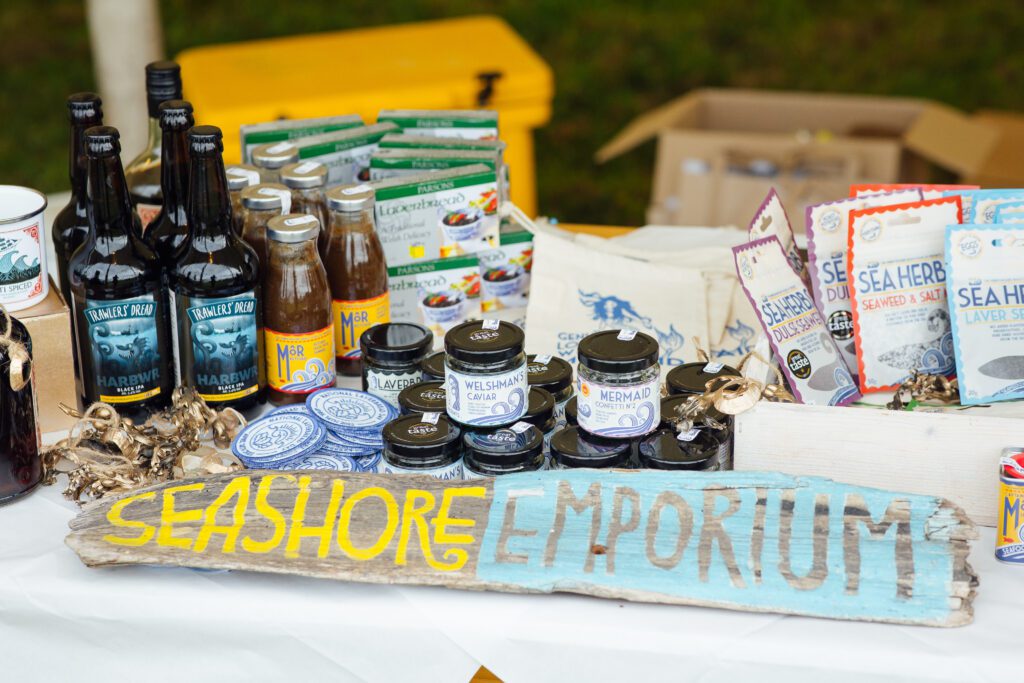
National Laverbread Day has been founded by Jonathan Williams, who runs the Pembrokeshire Beach Food Company and the award-winning street food outlet Café Mor, where laverbread has been on the menu for over a decade. Touring festivals and selling from his regular pitch at the spectacular Freshwater West beach in Pembrokeshire, Jonathan has converted thousands to the pleasures of dishes such as laverbread breakfast baps and lobster rolls drenched in seaweed butter.
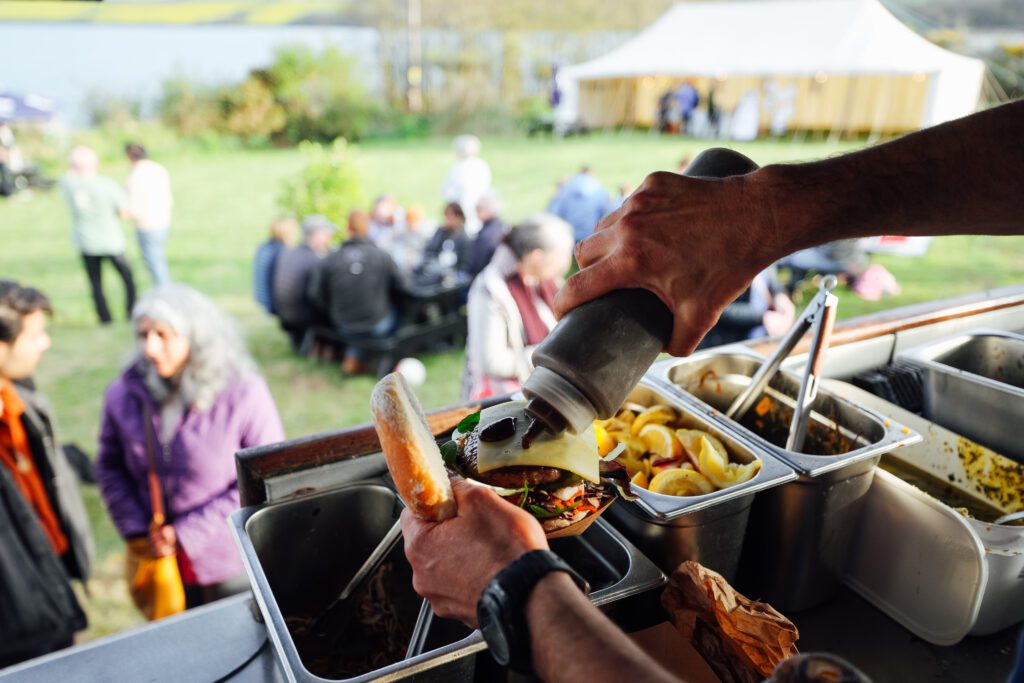
Now, with Café Mor soon to open at a permanent pub location – The Old Point House, a former pirates’ haunt reached across a tidal causeway on Angle, Pembrokeshire – Jonathan is working to get the whole of the UK cooking with this free, sustainable and nutritious ingredient.
Jonathan will be celebrating National Laverbread Day at The Old Point House with laverbread dishes, free laverbread, and more.
“We plan to have several events running throughout the day, with an online competition for best laverbread recipe and photo as well as laverbread eating competition, goody bags, recipes cards, free laverbread with beer, laverbread focused menu and then a male voice choir to end proceedings,” he said.
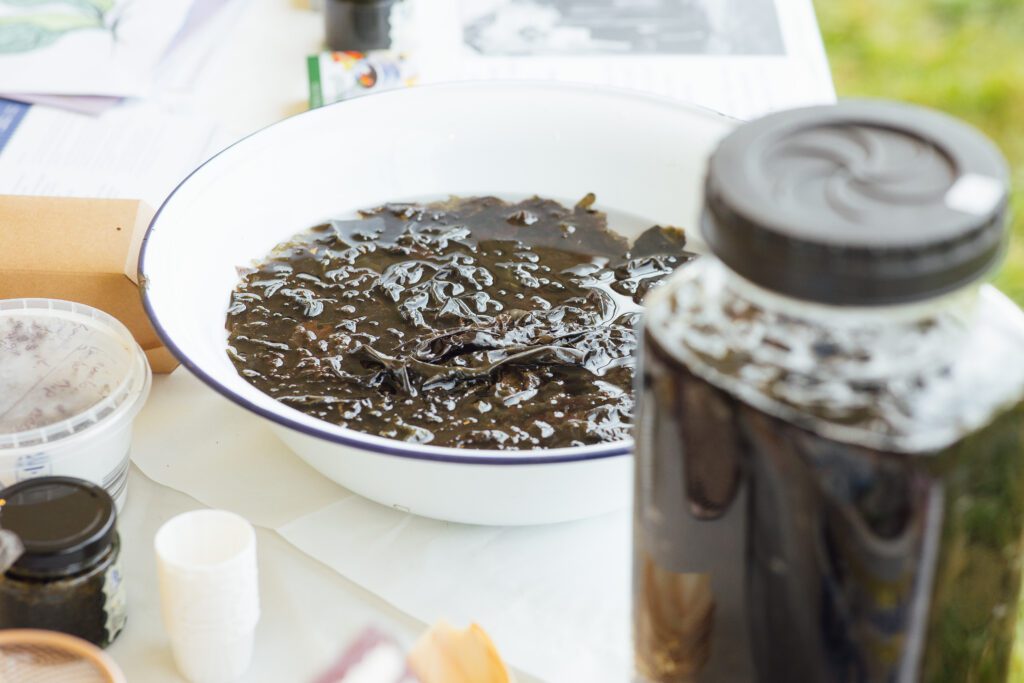
“National Laverbread Day is a long overdue addition to the calendar that aims to get more people enjoying this delicious delicacy. It’s a nutritious versatile ingredient that’s in plentiful supply around our coastline and it deserves to be more widely used.”
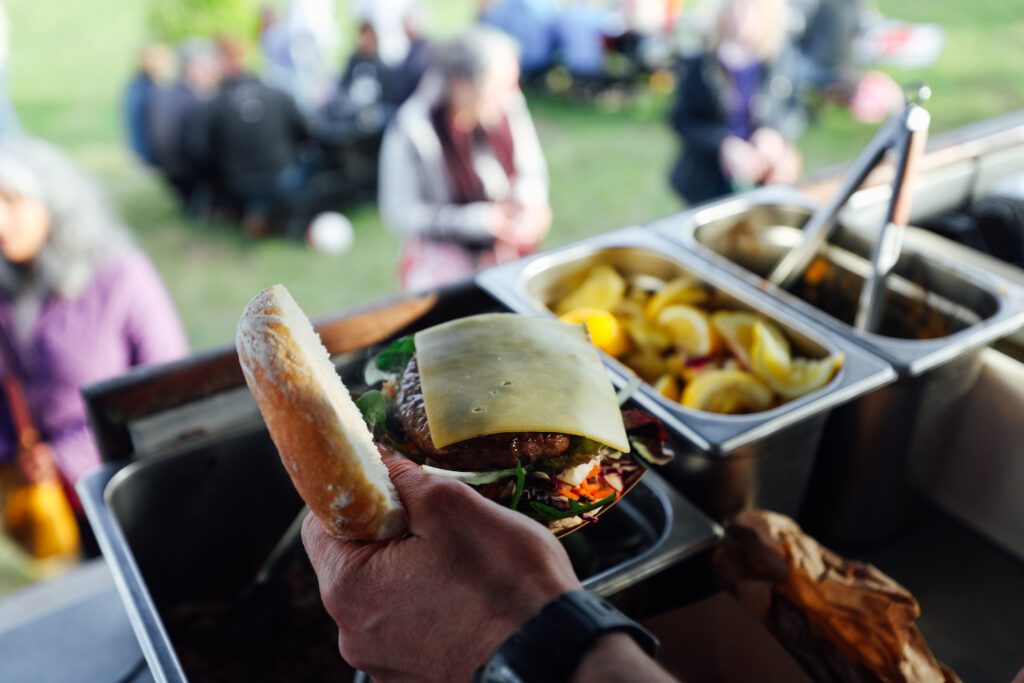
Where to buy laverbread:
While laverbread is relatively rare in shops outside Wales, it is available on Welsh markets, especially Cardiff and Swansea covered markets, direct from producers such as Selwyn’s (www.selwynsseaweed.com), Parsons (www.parsonspickles.co.uk), Spencer at Gower Coast Foods, from most decent delis and independent food shops in Wales, and of course from The Pembrokeshire Beach Food Co.
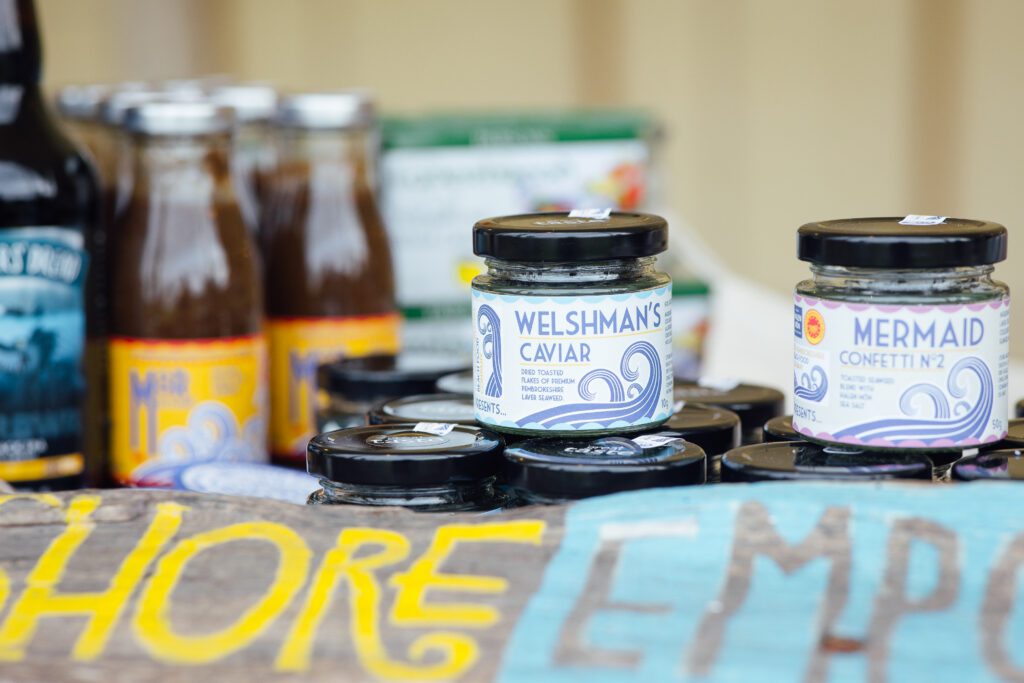
Jonathan’s laverbread facts
- Although laver (porphyra seaweed) is found around Britain’s coastline, the production of laverbread is a primarily a Welsh tradition.
- Laver is harvested from rocks in the wilds of West Wales, which has the second largest tidal range in the world and takes the full force of the Atlantic storms.
- Not many other foods take as long as laverbread to cook (typically about 8 hours).
- No other food looks so unappealing after several hours of cooking.
- It is a powerhouse of nutrients, vitamins and minerals.
- It has been dubbed “future food” as it requires no land, freshwater, pesticides or fertilizers and can grow up to 5mm a day.
- Its versatility is only now being discovered in modern day cooking.
- It tastes sublime, or, as the Japanese say has “essence of deliciousness” – a satisfying, savoury umami flavour.
- It is the untamed mysterious lady of the seaweed world, constantly changing its mind as to where it grows and when it grows. I spend my days endlessly chasing it around the coastline.
- Laver has one of the strangest and most complicated life cycles: it can be both male and female, and one stage of its life it is neither. You could even call it the original non-binary life form.
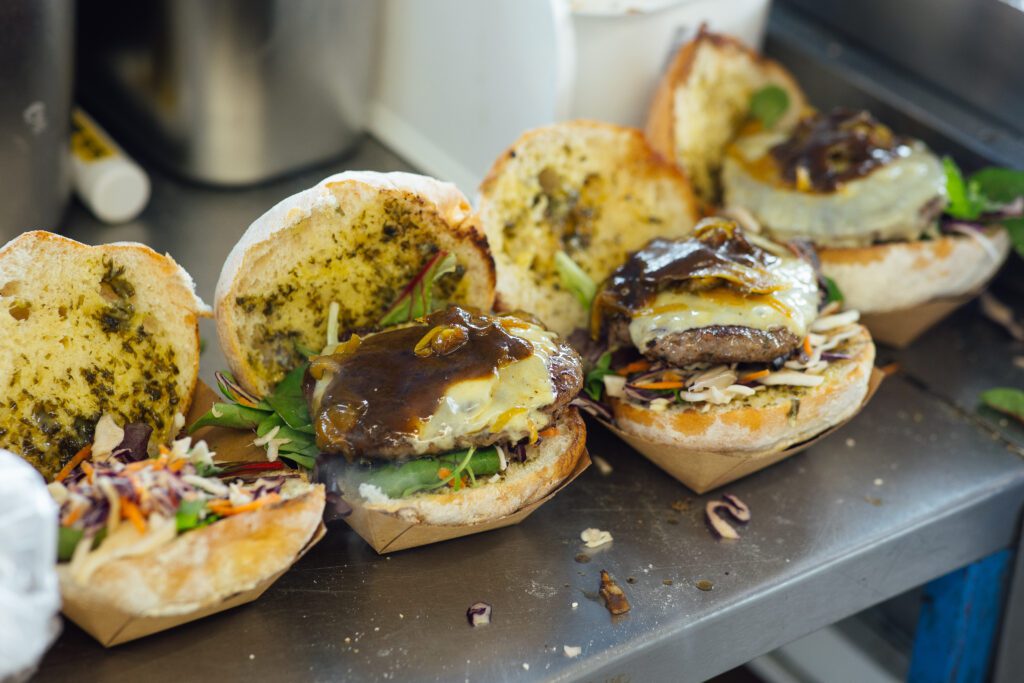
Traditional Laverbread Patties
Serves 2
Ingredients:
Laverbread (either from a shop or harvested by yourself) x 100g
Oats (large or medium or fine) 20g ish
Salt and Pepper to taste
Bacon fat (traditional or olive oil)
Method:
- Place your frying pan on a low-medium heat, and put either your bacon fat or oil in to warm up.
- While the fat is heating up, mix the laverbread in a bowl with your oats (Traditionally a fine grade oatmeal was used. I prefer the larger oats but this is personal taste), until you get a good consistent patty. If it’s too dry add more laverbread, or if it is too sticky, add more oats.
- Add a pinch of salt and pepper.
- Use a tablespoon and drop the laverbread and oat mix into the frying pan and shape it with the spoon into a round patty around 0.5mm thick
- Cook for around 5 minutes on each side or until golden and crispy.
- Serve hot and enjoy
I like mine with poached eggs and smoked mackerel – but they also go beautifully with eggs, cockles and bacon.
Help keep news FREE for our readers
Supporting your local community newspaper/online news outlet is crucial now more than ever. If you believe in independent journalism, then consider making a valuable contribution by making a one-time or monthly donation. We operate in rural areas where providing unbiased news can be challenging. Read More About Supporting The West Wales Chronicle



















